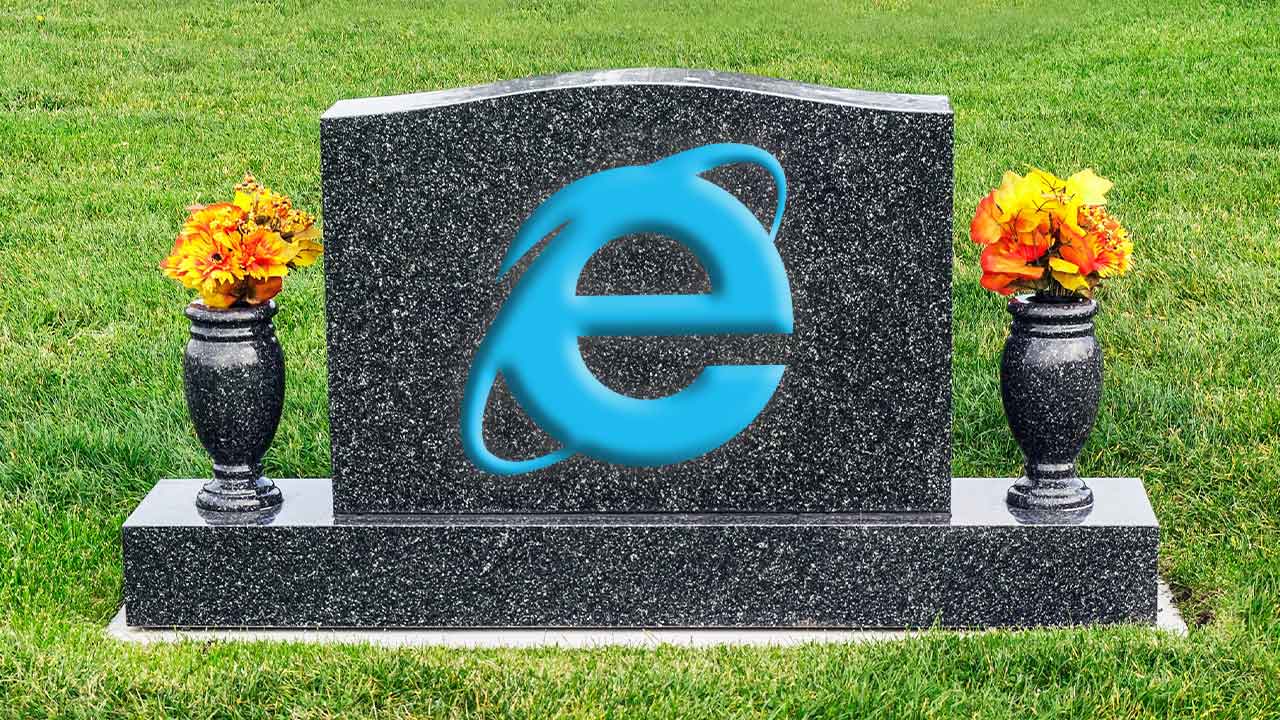Microsoft has formally advised users to abandon the 27-year-old Internet Explorer in favour of the company’s newer Edge browser.
Support for Internet Explorer 11 is being terminated today, the legendary web browser is being phased out in favour of Microsoft Edge.
After moving away from the Internet Explorer branding with the release of Windows 10 in 2015, it’s the end of an era on the internet.
There aren’t many changes for users. Internet Explorer’s usage has dropped dramatically in recent years, as it accounts for less than a 5 per cent market share of all browsers.
For years, Microsoft has worked to discourage users from using Internet Explorer, referring to it as a compatibility solution rather than a browser that businesses should actively use.
While Microsoft’s Edge, which is powered by Chromium, is now the default browser in Windows 11, the MSHTML engine that powers Internet Explorer is still included. It exists solely to enable IE mode in Microsoft Edge, which Microsoft states will be supported until at least 2029.
For web apps and sites that require Internet Explorer, businesses have mostly switched to Edge’s IE mode. This IE mode for Edge was established by Microsoft in 2019, and it supports older ActiveX controls that are still used by many legacy sites.
Multiple businesses will be caught off guard by the Internet Explorer retirement, or will not be able to completely phase out its use in time.
Some government departments and financial institutions in Japan have been reluctant to respond to the IE retirement, according to Nikkei this week. For example, the Japan Pension Service website must be viewed in Edge’s IE mode.
Thousands of comparable enterprises and instances of Internet Explorer usage are expected to exist around the world.
For years, Microsoft has been warning of today’s Internet Explorer retirement, and it’s still being cautious with alerts and redirection until the browser is completely eliminated in the coming months.







